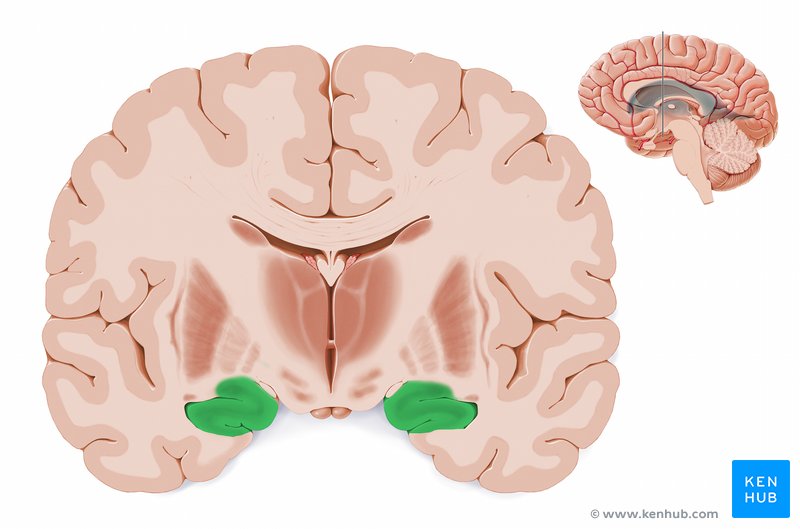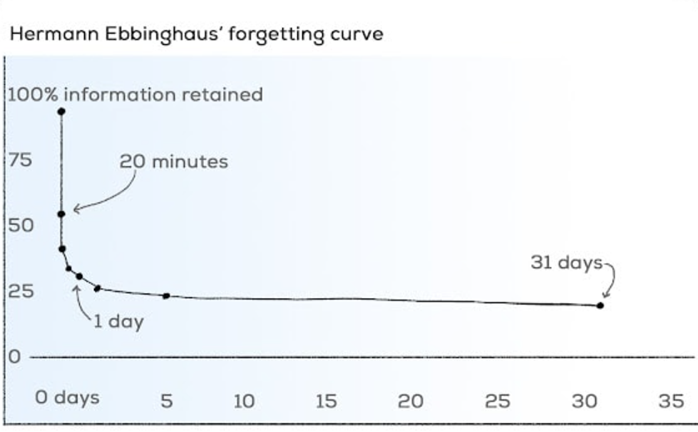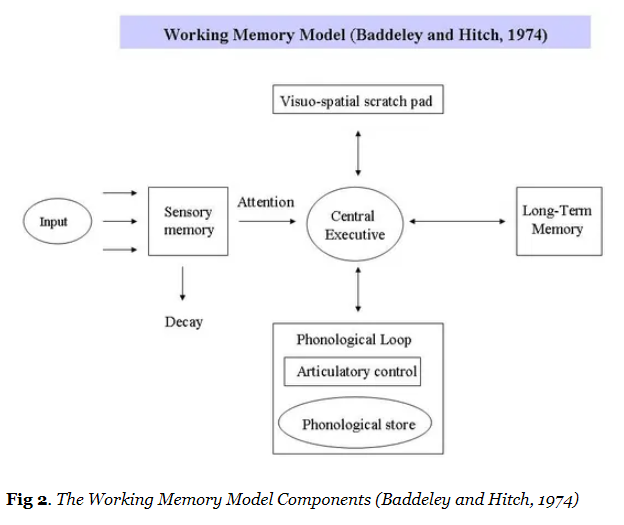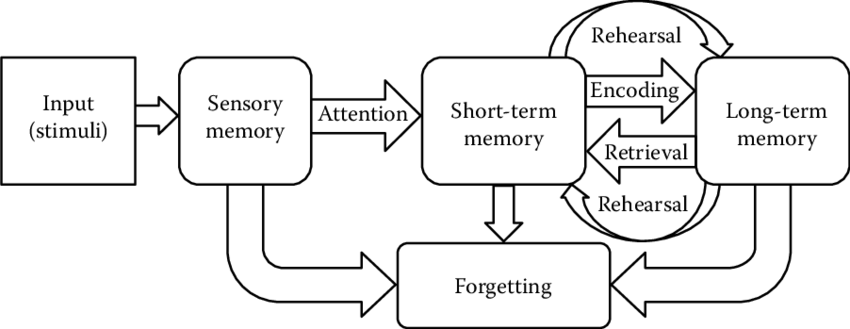WACE Exam
1/254
There's no tags or description
Looks like no tags are added yet.
Name | Mastery | Learn | Test | Matching | Spaced |
|---|
No study sessions yet.
255 Terms
CLASSICAL CONDITIONING
Conditioned response
A learned response to a stimulus
Conditioned stimulus
A stimulus that has been learned (conditioned) to trigger a certain response.
Neutral stimulus
A stimulus that has no effect on the unconditioned response.
Unconditioned stimulus
Is a automatically triggered by an unconditioned stimulus.
Unconditioned response
A stimulus that does not need to be learned (is automatic) to trigger a response.
Classical conditioning
A form of learning where an existing reflex response is elicited by the repeated pairing of two unrelated stimuli
Operant conditioning
A type of learning whereby the consequence of behaviour determines whether they will be repeated or not.
Reinforcement
Any event that strengthens or increases the behaviour it follows.
Key phases of operant conditioning
A- Antecedent (environmental stimulus)
B- Behaviour (response or action)
C- Consequence (outcome)
What are the two types of reinforcers?
Positive reinforcer- are favourable events or outcomes that are presented after the behaviour. A response or behaviour is strengthened by the addition of praise or a direct reward. E.g., if you do a good job at work and your manager gives you a bonus, that bonus is a positive reinforcer.
What are the two types of reinforcers?
Negative reinforcer- involve the removal of an unfavourable events or outcomes after the display of a behaviour. A response is strengthened by the removal of something considered unpleasant. E.g., If your child starts to scream in the middle of the store, but stops once you hand them a treat, your actions led to the removal of the unpleasant condition, negatively reinforcing your behaviour (not your child’s)
Punishment
A consequence that decreases the likelihood of a behaviour repeating
Observational learning
Where the learner watches a model, notices the consequences of their behaviour, and then decides whether they will imitate their behaviour
Cognitive behavioural therapy
Recognises the patterns of thinking and behaviour that cause you problems.
Comparision between Systematic desensitisation and CBT
CBT treats the cause of fears while SD only looks at treatment of reactions to feared stimulus.
CBT focuses on internal thoughts and feelings while SD looks at external reactions and how to control them.
Sensation Meaning
The detection of environmental stimuli by the sense organs and the conversion of sensory information to electrochemical energy.
Process of Sensation
Sensation:
Reception: detecting sensory info
Transduction: converting sensory info into electrochemical energy
Transmission: sending energy to brain
Perception meaning
The mental representation that the brain creates using information detected by the senses.
Process of Perception
Selection- Important information is selected for further processing and insignificant information is disregarded.
Organisation- selected information is categorised, allowing for meaningful patterns.
Interpretation- Meanings assigned to the groups of patterns.
Memory
The cognitive function through which information and past experiences are actively processed, stored and retrieved
Short-term memory
A temporary store for limited information received from the sensory register and long-term store.
Long-term memory
A relatively permanent memory store for a limitless amount of information that sends and receives information from the short-term store.
Procedural Memory- Implicit
Type of memory for learnt actions and skills that can usually only be expressed as actions. E.g. I know how to drive a car.
Declarative Memory- Explicit
Type of memory for factual information that can be expressed by words. E.g., I know i need to put fuel in my car
Types of Declarative memories
Semantic memory
for impersonal factual knowledge, e.g., i know what a piano is and how to play it
Episodic memory
for personally significant events, e.g., i know when and where i brought my first piano.
Storage
the retention of information within the stores of memory
Retrieval
the movement of information from the long-term store of memory to conscious awareness
Encoding
the form in which information is stored
Encoding of Sensory Memory
Visual and acoustic
Capacity of Sensory Memory
Unlimited
Duration of Sensory Memory
0.2 to 0.4 seconds
Encoding of STM
Mainly acoustic
Capacity of STM
5 to 9 Items
Encoding of LTM
Semantic
Capacity of LTM
Unlimited
Duration of STM
15 to 30 seconds
Duration of LTM
Relatively permanent
Forms of LTM
Implicit and Explicit Memory
Why did they remove the hippocampus in H.M?
They believed this to be the source of his epileptic seizures.
Results from H.M’s surgery
He experienced less seizures, however suffered from serve amnesia.
He showed gaps in his memory of the prior 11 years.
He lacked the ability to form new memories.

Which part of H.M’s brain did they remove?
The temporal lobe which refers to the portion of the brain that sits behind both ears and is associated with auditory and memory processing.
8cm of brain tissue from the hippocampus- seahorse shaped-structure located deep in th temporal lobe.
What parts of the brain did Scoville destroy in H.M?
Uncus- plays a role in the sense of smell and forming new memories.
Amygdala- plays a role in controlling our emotional responses such as fear and sadness.
H.M suffered retrograde amnesia. What is this?
Where you can’t recall memories that were formed before the event that cause amnesia. This was not caused by the loss of the hippocampus but rather from the combination of antiepileptic drugs and frequent seizures prior to his surgery.
H.M also suffered from anterograde amnesia. What is this?
This is the inability to form new memories, was a result of the loss of the hippocampus. This meant H.M could not learn new words, facts, or faces.
What was interesting about H.M after his operation?
He could perform task and even perform those task easier after practice despite having no knowledge of performing those said tasks.
H.M- What did his ability to perform and improve at new task show?
Showed that his implicit or procedural memory remained intact. This type of memory is unconscious.
What memory was H.M missing?
LTM- Explicit or declarative memories and they require conscious thinking.
Overall findings of H.M surgery
Concluded that the hippocampus must play a role in declarative but not procedural memory (explicit and not implicit). Implicit /procedural memory is located not in the hippocampus.
Role of recognition in memory
Recognition- the ability to identify previously stored information by matching stimuli to stored memories.
recognition tasks typically result in more successful retrieval of information compared to recall tasks because recognition tasks provide retrieval cues.
Role of relearning in memory
Relearning- reacquiring knowledge or skills that were previously learned but may have begun to decay over time.
Relearning identifies information that was not remembered and can now be successfully encoded into long-term memory via elaborative rehearsal
Recall
Searching memory for previsously learnt and memorised information
Free Recall
Recalls a list of items in any order. Three types:
Primary recall- recalling items presented at the start of the list or the items presented more often on the list.
Recency effect- recalling recent items in the list or the items presented at the end of the list.
Cognitive effect- recalling of things successively which are in neighbouring positions.
E.g. Name the teacher that you remember from primary school.
Cued Recall
Refers to recalling a list of items by using cues and guides. Cues help in retrieval of those memories which are thought to be lost in free recall.
E.g. Fill in the missing words within a sentence.
Serial Recall
Refers to the recalling of items or events in the order of their occurrence.
E.g. List the order of planets in the solar system starting nearest the Sun.
Ways to process information
SHALLOW:
Structural/visual processing-e.g. is the word in capital letters or small letters?
Phonemic/auditory processing-e.g. does the word rhyme with…?
DEEP:
Semantic processing- e.g. does the word go in this sentence…?

Hermann Ebbinghaus’s forgetting curve.
Representation of the forgetting process. Curve demonstrates the declining rate at which info is lost if no particular effort is made to remember it.
Contributing Factors to forgetting
Prior knowledge and meaningfulness of the subject - info is already encoded in LTM (more likely to remember it)
Complexity of the Material - Our working model can only focus on so much before it discards the info.
How the info is presented - Simplicity is key.
Individual capability - Genetics plays a role.
Physiological Factors (lack of sleep, hunger, etc.)
Psychological factors (stress, anxiety, etc)
Overcoming the forgetting curve
Two methods: mnemonic and repetitions
Mnemonic- helps the brain to store info and find it again when needed. Bases on creating associations with something that is easy to remember. E.g. Use images, emotions, patterns or rhymes.
Repetition- Helps strengthen our memory. Reviewing multiple times over a period of time will flatten out the forgetting curve (called spaced learning)
Study: Craik and Tulving 1975
Deep and shallowing Processing
Shallow- Structural/visual processing: ‘is the word in capital letters or small letters?’
Shallow- Phonemic/auditory processing: ‘does the word rhyme with?’
Deep- Semantic processing: ‘does the word go in this sentence?’
Hippocampus: Role in the formation of memories
Plays a role in the formation of explicit/declarative memories.
Hippocampus: Role in the storage of memories
Memories are temporarily held in the hippocampus then moved to the pre-frontal cortex.
Cerebellum: Role in the formation of memories
Forms procedural memories.
Cerebellum: Role in the storage of memories
Is involved in the storage of procedural memories, specifically of learned sensorimotor skills such as cutting paper with a pair of scissors.
Amygdala: Role in the formation of memories
Role in the formation of memories associated with fear. Such fearful memories can be established with just a few repetitions.
Amygdala: Role in the storage of memories
Unlikely that the amygdala stores memories. The amygdala strengthens episodic memories stored in other regions of the brain.
Retrograde amnesia
The inability to recall past memories prior to the onset of amnesia.
Anterograde amnesia
The inability to form new memories after developing amnesia.

The Working Memory Model (Baddeley and Hitch)
Working memory model: The central Executive
Responsible for monitoring and coordinating the operation of the slave systems (e.g. visuospatial sketchpad and phonological loop) and relates them to LTM. Decides which Info is attended to. E.g., two activities sometimes come into conflict, such as driving a car and talking. Rather than hitting a cyclist who is wobbling all over the road, it is preferable to stop talking and concentrate on driving. The central executive directs attention and gives priority to particular activities.
Working memory model: The Phonological Loop
Deals with spoken and written material. Consists of two parts: Phonological store (speech perception) and the articulatory control process (speech producation)
Working Memory model: The Visuospatial Sketchpad
Deals with visual and spatial info.
Working Memory model: Episodic buffer
Temporarily stores consolidated information from the central executive, visuo-spatial sketchpad, phonological loop and long-term memory.
Sensory Memory Subsystems
Haptic
Echoic
Iconic
Olfactory
Gustatory
Iconic Memory
The visual sensory memory register which stores visual images. Contains a huge capacity but declines rapidly (information stored in the iconic memory generally disappears within half a second). E.g. Seeing the change of traffic lights.
Echoic Memory
The sensory memory for incoming auditory information (sounds). The processing of echoic memories generally takes 2 to 3 seconds. E.g. Hearing the horn of a car.
Haptic Memory
Involves tactile sensory memories procured via the sense of touch. These memories tend to last for about 2 seconds. E.g. Feeling a raindrop on your skin.
Olfactory Memory
Involves sensory memories via the sense of smell. E.g. smelling the smell of fresh baked bread.
Gustatory Memory
Involves sensory memory via the sense of taste. E.g. Tasting sour lollies.

Atkinson and Shiffrin- Multi store model of memory
They proposed that memory consisted of three stores: a sensory register, short-term memory (STM) and long-term memory (LTM)
Atkinson and Shiffrin- Multi store model of memory
Each of the memory stores differs in the way info is processed (encoding), how much info can be stored (capacity), and for how long (duration).
Info passes from store to store in a linear way. Info is detected by the sense organs and enters the sensory memory, which stores a fleeting impression of sensory stimuli. If attended to this info enters the STM and if the info is given meaning (elaborative rehearsal) it is passed on to the LTM.
Types of Memory Rehearsal
Elaborative and maintenance
Elaborative rehearsal
The rehearsal technique involving linking new info in some meaningful way with info already stored in LTM, or with other pieces of new info, to hold it in STM for longer than the usual 18-20 seconds.
Maintenance Rehearsal
The rehearsal technique involving the repetition of info a number of times so it can be held in STM for longer than the usual 18-20 seconds.
Comparison between maintenance and elaborative rehearsal.
Elaborative:
Heps commit info to LTM.
Contextualizes info for better storage and retrieval.
Examples include chunking, using rhymes and puns.
Maintenance:
Use to commit info to STM.
Uses repetition without contextualization.
Often leads to forgetting of info in short period of time.
Often leads to forgetting names, times, and dates.
Types of surveys
Longitudinal survey- gathers data from the same sample of individuals over an extended period of time, allowing researchers to track changes or trends in the population being studied.
Observational survey: Research that collects data through direct observation of individuals or groups, often used in behavioral or social research.
Correlational survey: Research that measures the degree of association or relationship between two or more variables, often used to identify patterns or trends in data.
Experimental survey: Research that involves manipulating one or more variables to observe the effect on an outcome, often used to test causal hypotheses.
Case study: An in-depth investigation of an individual person, group or single event.
Cross-sectional: Data from participants is collected more than once, using the same participants.
Quantitative Data
A method of collecting numerical data from a sample of participants through the use of standardized surveys or questionnaires. The purpose of quantitative survey research is to gather empirical evidence that can be analyzed statistically to draw conclusions about a particular population or phenomenon.
E.g., temperature, age of person.
This data is considered to be creditable
Qualitative Data
Qualitative survey research is a method of collecting non-numerical data from a sample of participants through the use of open-ended questions or semi-structured interviews. The purpose of qualitative survey research is to gain a deeper understanding of the experiences, perceptions, and attitudes of participants towards a particular phenomenon or topic.
E.g., interviews
Directional and non-directional hypothesis
A directional hypothesis gives a prediction of which way results will go. E.g., it is hypothesized that students who meditate will have a higher semester one exam results then those who don’t.
A non-directional hypothesis- states that there will be a difference between the results. E.g., it is hypothesized that there will be a difference in the memory score for those participants that drank caffeine and for those participants who did not drink caffeine.
Chronic traumatic encephalopathy (CTE)- Trauma
A progressive brain disease associated with repeated traumatic brain injuries that cause problems with cognition and memory. Caused by multiple traumatic brain injuries- the degeneration of brain cells (common in boxing)
What disease is CTE associated with?
Associated with Alzheimer’s, the way in which tau abnormally builds up in the brain differs.
How CTE impacts behavior
may cause impulsive behavior.
Confusion due to memory loss.
Slurred speech.
May experience erratic or aggressive behavior.
May become agitated.
lack of interest and motivation.
How CTE impacts emotion
emotional instability in the form of intense mood swings.
Outbursts of anger.
Symptoms of depression.
Lack of interest and motivation.
Alzheimer’s disease- Degeneration
A brain disease that involves the degeneration of neurons in regions of the brain that are involved in cognitive skills and memory formation and retrieval.
Caused by neurofibrillary tangles, amyloid plaques and neuron loss.
Effects of Alzheimer’s disease
On behavoiur
disoriented
habits may change
lack of interest and motivation
agressive behaviour
On emotion
changes in mood
feeling fearful or suspicious
feeling angry or frustrated
What part of the brain does Alzheimer’s affect?
starts off in hippocampus
progresses to the frontal and partial lobe, which is responsible for memory, judgement, behavior.
Wernicke-Korsakoff syndrome (WKS)- Drug induced
A rare neurological disorder caused by thiamine (vitamin B1) deficiency leading to the degeneration of brain cells and characterised by difficulties forming memories and retrieving stored memories.
Chronic alcohol abuse can lead to thiamine deficiency.
Comprises of two stages:
Wernicke encephalopathy and Korsakoff amnesic syndrome.
WSK impacts
On behaviour
Individuals make up stories to fill gaps in memory
lack of interest and motivation
may become agitated
slurred speech
On emotion
Feeling anxious
feelings of frustration
lack of interest and motivation
When would you use quantitative and qualitative data?
Use quantitative research if you want to confirm or test something (a theory or hypothesis)
Use qualitative research if you want to understand something (concepts, thoughts, experiences)
Token economy
Beahaviour modification techniques based on operant conditioning principles whereby a symbolic reinforcer is used to encourage a particular behaviour.
promotes desirable behaviour using positive reinforcement.